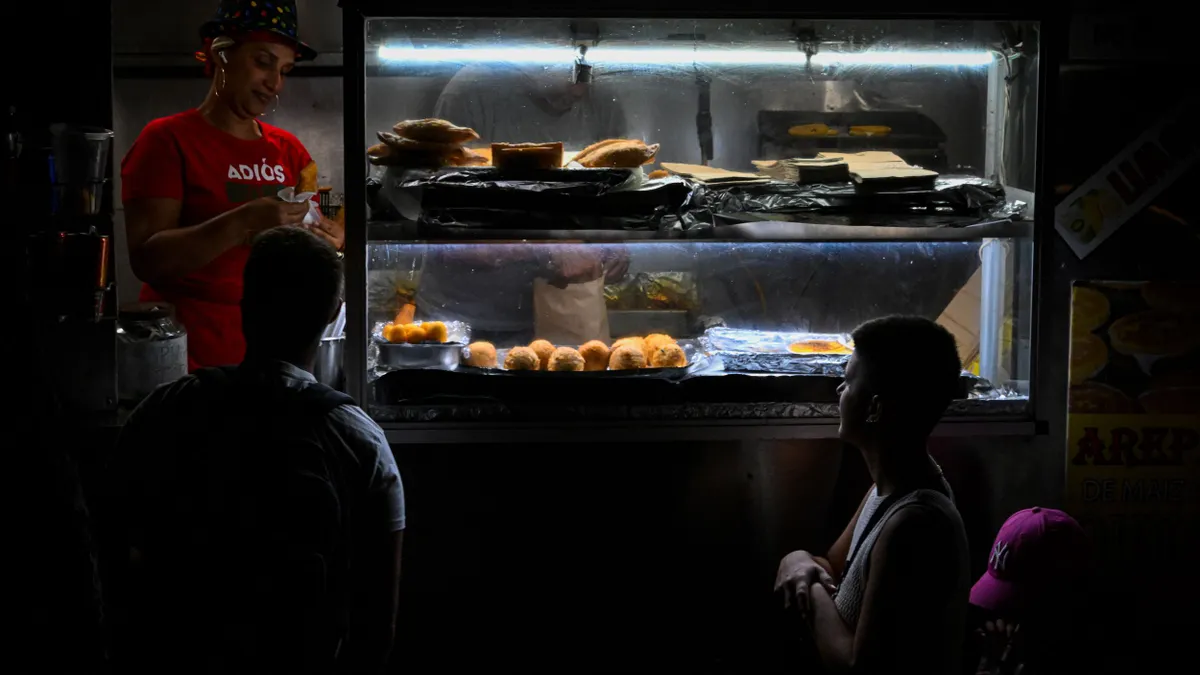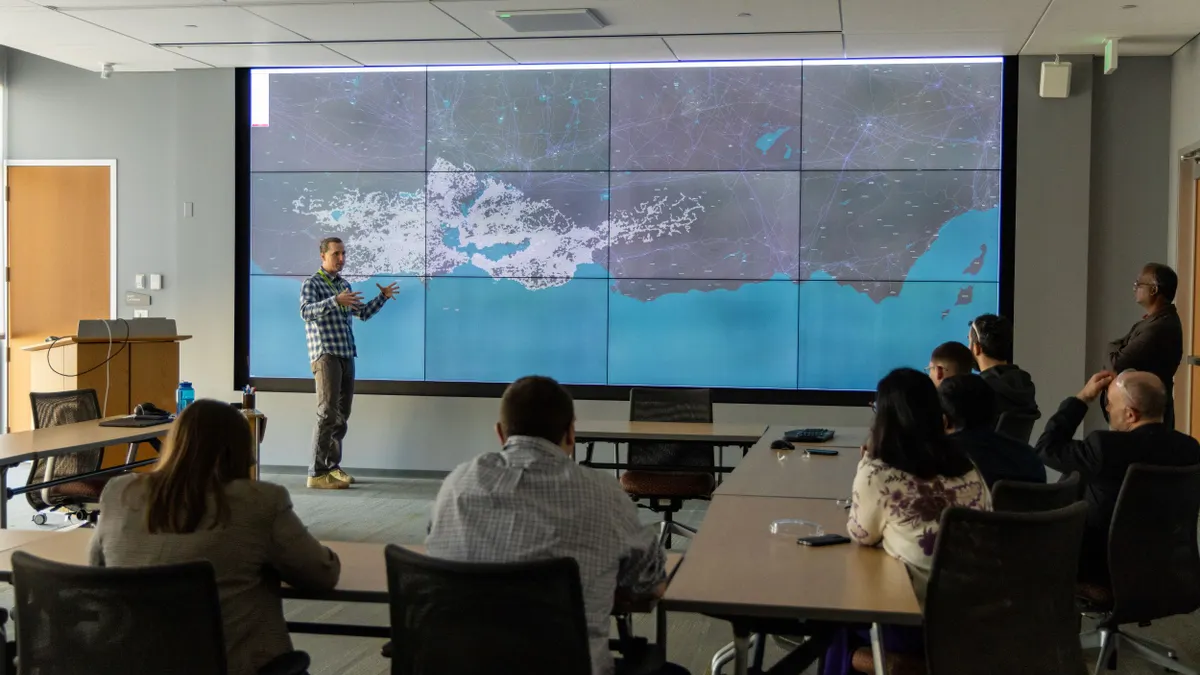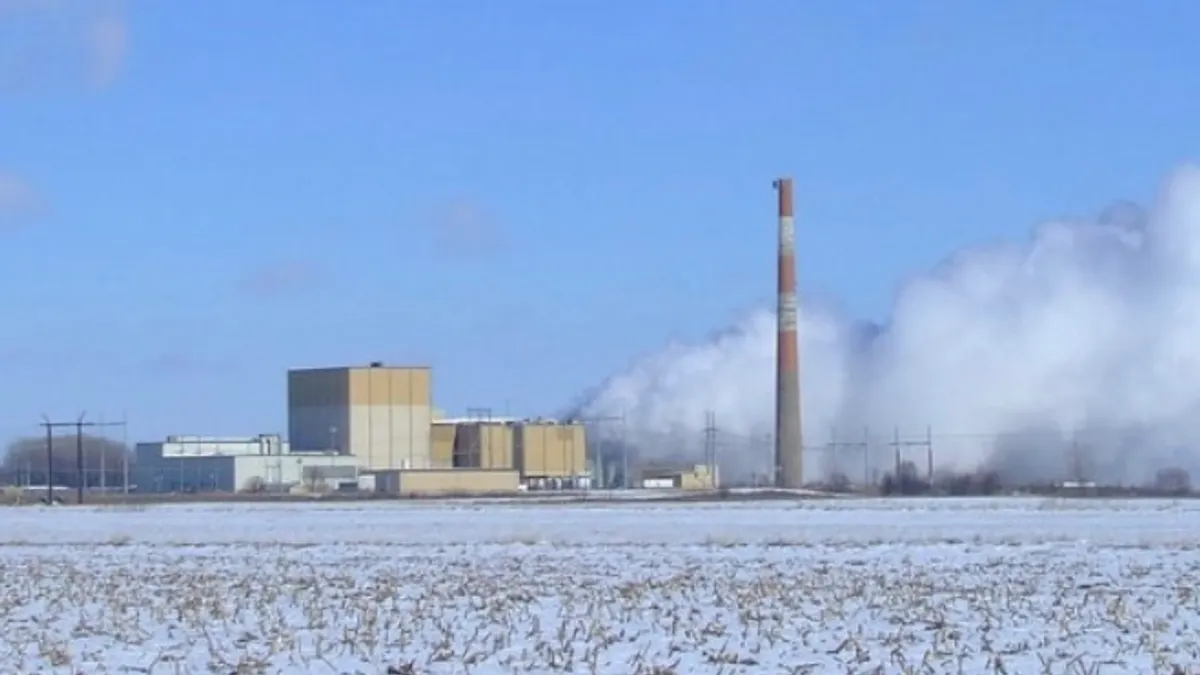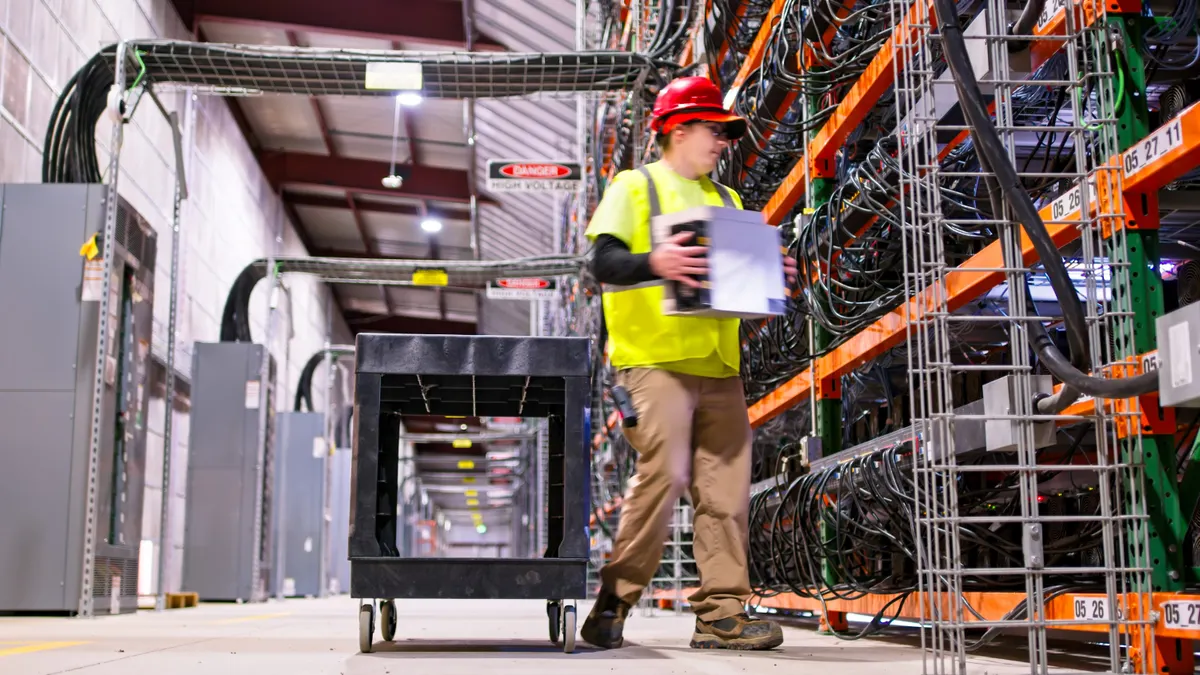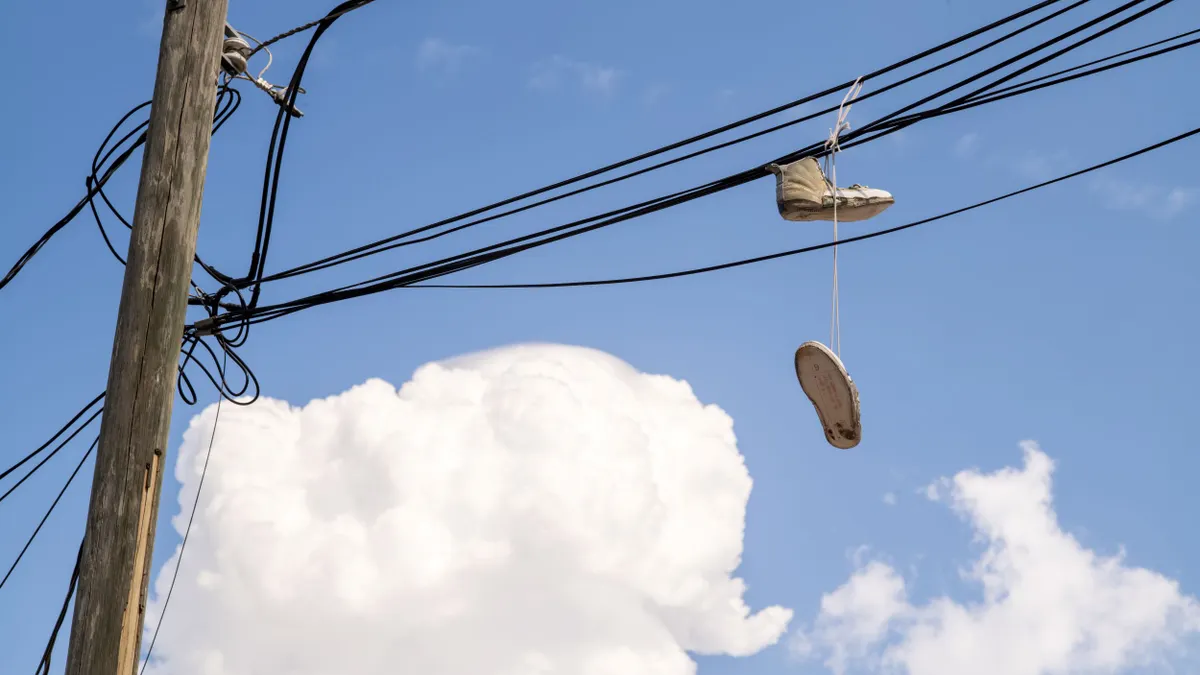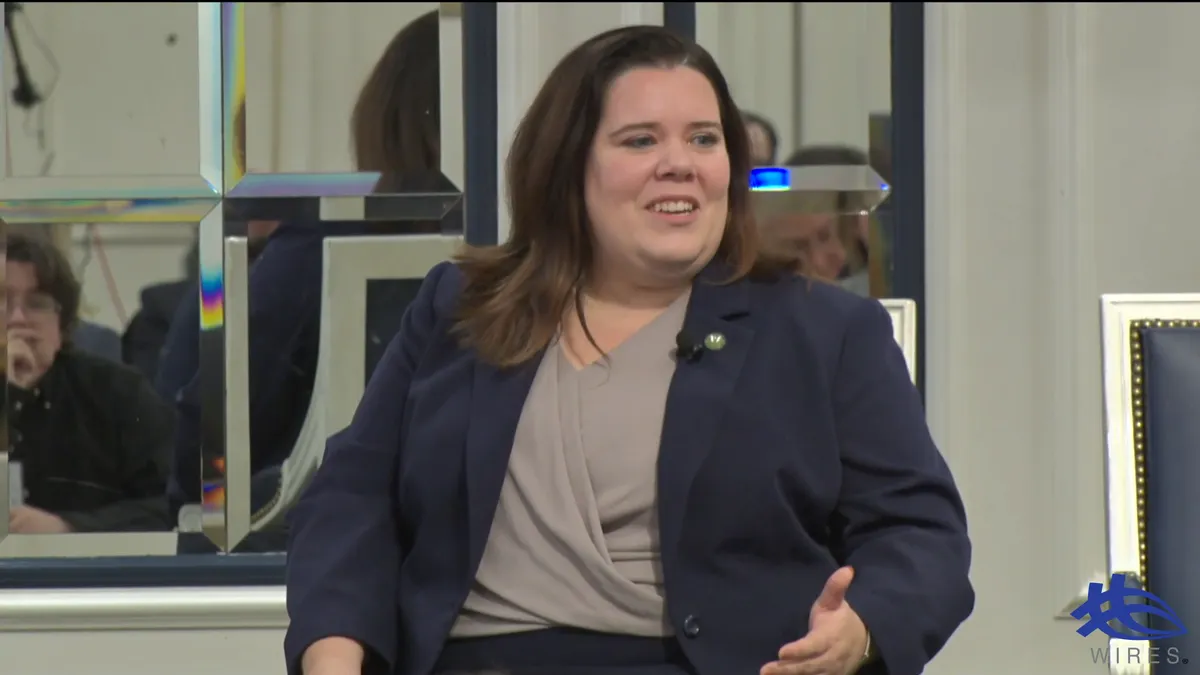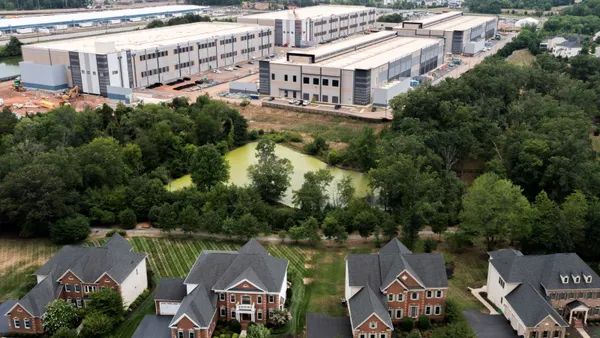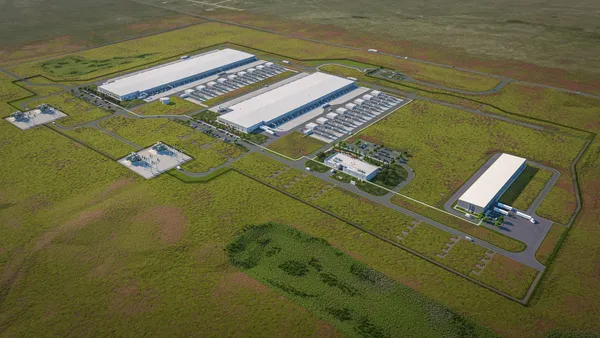Amid reports the United States has topped 3 million cases of the novel coronavirus and now leads the world in infections and deaths, federal regulators are taking a hard look at what may happen to the energy sector as the pandemic continues with no end in sight.
"I want the commission to get in front of these issues as much as we can, and to think proactively about how we can respond over the coming months and even years," Federal Energy Regulatory Commission Chairman Neil Chatterjee said Wednesday during a technical conference on the long-term impacts of the global pandemic.
"We all face uncertainty, especially as we see a resurgence of cases in various areas of the country," Chatterjee said.
The country has seen decreased demand for electricity, gas and oil since March — though Chatterjee said a rebound is expected as summer peak season arrives. "Ultimately, we don't know where these trends are heading," he warned.
That has led to concerns over supply chain issues, deferred equipment maintenance and the potential for outages.
"Unfortunately it appears this is something we're going to have to live with for a while," Commissioner Richard Glick said.
Grid operators have so far been able to maintain equipment and faced no shortages when replacing core electric components, according to James Robb, president and CEO of the North American Electric Reliability Corp. However, he told regulators on Tuesday that "the longer this goes, the risk of that continues to mount."
Can the supply chain hold up?
When quarantines and lockdowns began months ago, there were widespread concerns about the energy supply chain — particularly for generators needing to do maintenance and replace parts, according to Michael Bryson, senior vice president of operations PJM Interconnection.
"It turned out not to be a big issue," Bryson said at the technical conference. But looking ahead, he warned the industry needs a consider that it may become a problem in the future — particularly in light of President Donald Trump's executive order barring the installation of bulk-power system equipment designed, developed, manufactured, or supplied by some countries.
Experts say the order will primarily impact equipment sourced from China, which supplies transformers and other grid components.
The industry needs "a very thoughtful approach to how we mitigate the implementation of supply chain when it comes to some big capital equipment," said Bryson.
In terms of core electric components, "nothing has manifested yet that would lead us to sound an alarm," said Robb. He said NERC continues to encourage the energy industry, through the Electricity Information Sharing and Analysis Center and other venues, "to be very aware of supply chain vulnerabilities and the potential for disruption."
The lack of disruption has extended to the natural gas industry, Stanley Chapman, chair of the Interstate Natural Gas Association of America, told regulators. When it comes to system repairs, "there have been some minor delays but, perhaps surprisingly, nothing critical at this point," he said.
But he also appeared to warn about the potential impacts of Trump's executive order.
"We're part of a global supply chain," Chapman said. "There are certain items that tend to be supplied disproportionately from one company or region of the world, and in those instances we definitely need to take a step back and ensure we have a broad supply of these type of critical parts and we are not overly dependent on a region or country to supply them."
Edison Electric Institute (EEI), which represents investor-owned utilities, said the President's executive order is not a threat to grid reliability because of the long lead time for critical equipment.
"There's nothing we need to operate the bulk power system today in the pandemic that we're not going to get because of the executive order," Scott Aaronson, vice president of security and preparedness for EEI, told Utility Dive.
The energy sector has been keeping a close eye on supply chain issues through the use of "Tiger Teams" formed by the Electricity Subsector Coordinating Council.
"Especially as we go into storm season we want to make sure we have the assets and materials we need," Aaronson said. "To this point, the supply chain has remained stable."
Deferred maintenance and the potential for outages
Like supply chain issues which have so-far not materialized, the energy sector has been bracing for the impacts of deferred maintenance that some believe could result in a larger number of blackouts as cooling loads rise this summer.
"A number of utilities have been deferring maintenance projects. The longer maintenance is deferred, the greater the probability of outages," Hector Artze, a partner at Guidehouse, told Utility Dive. However, he added that utility systems are "quite resilient" and maintenance deferments for several months are not likely to result in outages.
"If deferments exceed one or more years, then outages would be a significant concern," Artze said. "What I worry about is the scenario of major storms, like hurricanes, and high levels of COVID-19. The restoration process is likely to be slower — potentially significantly slower."
Early on, PJM's Bryson said, asset owners had been concerned that crew availability and safety protocols could limit planned outages and seasonal maintenance. "We didn't see as much impact on rescheduling as we thought we would," said Bryson. "We thought we would see a tremendous amount. We saw a little bit."
But he said that could also change. "We obviously have some concerns about the potential resurgence of COVID in the fall," Bryson said.
Seattle City Light COO Mike Haynes said the utility was forced to put some large capital programs on hold, in part due to the difficulties in getting workers. In particular, the city's utility is now working to bring a major hydroelectric station online, restarting work that had been on hold since early March.
Haynes warned of a "cascading effect" from delayed maintenance and outages. On the transmission and distribution side, he said the utility had halted planned outages due to maintenance in order to keep the lights on during stay-home orders.
"What that has done over three months is create a huge backlog of service connections, wire transfers, things like that," Haynes said. "There's only so much you can do with 50% of your workforce on any given day, and so catch-up must be done. ... Deferred maintenance is a reality."
Guidehouse Partner Dan Bradley said the electric sector can use the lessons learned to date from COVID-19 in order to meet changing demand patterns. But there is a real risk of a greater number of outages this summer.
"Utilities should be applying analytics to understand where changing usage patterns may impact local reliability or cause maintenance issues," Bradley told Utility Dive.
Lockdowns during the height of summer heat "introduce a new risk to the residential distribution system," Bradley said. "The system was designed for patterns that don't exist at the moment. With large populations working from home or in lockdown, residential power usage increases and has the potential to put strain on equipment."
In general, however, EEI's Aaronson said the utility sector has not stopped doing any of the work needed to run the grid reliably. "Yes, we had to prioritize. Higher priority projects are continuing to be done," he said.
"We never stopped working, we just had to change priorities and make sure we have the equipment we need," said Aaronson. "We're critical to national security and the country's response to the pandemic. All of this working from home doesn't go well if we don't have critical infrastructure services like electricity."




